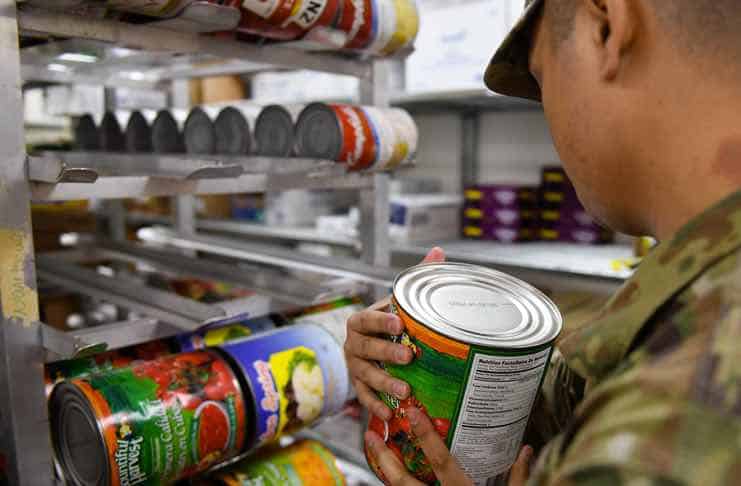As a restaurant owner, looking after food properly is essential if you want to avoid providing customers with contaminated food that can cause a variety of health issues, ranging from mildly inconvenient to death. You don’t want to reach this situation.
Food storage safety starts from the moment it leaves the manufacturer. Carefully packed and refrigerated transport should be used to get the products to your venue. This ensures the temperature is controlled for the entire journey and the food is maintained at the correct temperature. It is different depending on whether it is dry stored, chilled, or frozen.
Understanding the following food storage safety tips will help to ensure the food is stored properly when it arrives at your restaurant.
FIFO
First In First Out, this is simply the concept of rotating stock. Whenever you have a new delivery it should be placed behind existing stocks, effectively ensuring you take the oldest stock first and use all stock before the expiration date.
Of course, it’s a good idea to check the dates at the time of delivery and periodically.
Dry and Dark
All items that can be stored at room temperature are best kept in cupboards that are dry and dark. Light encourages the growth of bacteria, keeping products in the dark will help to prevent this from happening. Equally, damp conditions encourage the formation of mold which is certainly not desirable. The aim is to keep the humidity level below 15% and use moisture-proof packaging
Even chilled products should be kept in the dark, the refrigerator light only needs to be on when you enter to retrieve products.
Don’t forget sunlight breaks down various compounds in food, including vitamins A, D, K, and E. That will reduce the nutritious value of the food.
Maintaining Temperatures
The temperature of your stored food is essential. Storing foods outside their optimum range will encourage the growth of bacteria and potentially cause food poisoning when the foods are used.
Frozen food should be kept below zero degrees, refrigerated food should be between 32-40°F while dry stored items should be between 50-70°F.
It’s also worth noting that once the food is cooked it must be kept at 140°F or higher to prevent bacteria growth. You’ll need to track and monitor the temperatures of your storage areas to make sure you comply with the regulations.
Cross-Contamination
This is when cooked and uncooked foods come into contact. The problem is that bacteria from the uncooked food can cross to the cooked foods and then be consumed, causing food poisoning or worse.
It is best to avoid using the same utensils when dealing with cooked and uncooked foods, ideally, they should be on different preparation surfaces.
When storing uncooked foods in the refrigerator always store the uncooked at the bottom and the cooked items higher, this will prevent anything dripping off the uncooked food onto the cooked items. Of course, having separate refrigerators is a good idea.
Conclusion: Better Follow These Food Storage Safety Tips
Storing food properly is a serious matter, you should lead by example and ensure anyone working with or for you complies with the regulations.
Want to read more of our posts? Check out which food safety practices are frequently overlooked.
Fallon Chan is a food and lifestyle photographer and blogger.
